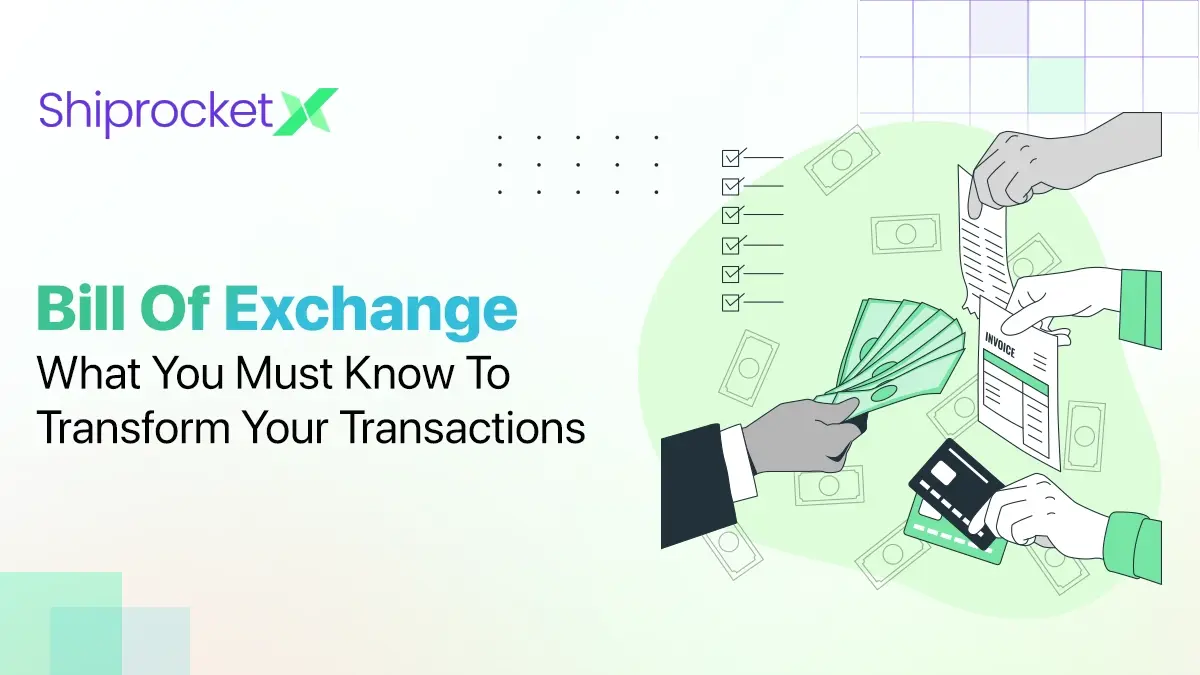Understanding Post Purchase Behaviour: Definition, Outcomes & Importance
When we buy things, what happens after we make the purchase is just as important as what happens before. It’s called “post-purchase behaviour,” and it can have a big impact on businesses. Good post-purchase behaviour can keep customers coming back and buying more, but bad behaviour can make them stop buying and tell others not to buy either. If businesses want to keep their customers happy, they need to make sure that everything after the purchase goes smoothly. That means things like delivering the item quickly and being helpful if the customer has questions or concerns. In the following paragraphs, we will define post-purchase behaviour, discuss its importance for businesses, and provide steps to improve it.

Defining Post-Purchase Behaviour
As the name might suggest, the actions and attitude of a customer after making a purchase is called post-purchase behaviour. It can include anything from their satisfaction with the product or service, their likelihood of making a repeat purchase, to their potential to recommend the product to others. Post-purchase behaviour can both be positive and negative, depending on the customer’s experience and can have a lasting impact on the customer’s relationship with your business.
Importance of Post-Purchase Behaviour for Businesses
Post-purchase behaviour is critical to the success of any business, especially in today’s competitive market, where customers have many options to choose from. Here are some key points to further emphasise the importance of post-purchase behaviour for businesses:
- Customer Retention: Post-purchase behaviour has the biggest impact on customer retention. If a customer has a good experience after they’ve made a purchase, they’re more likely to return and buy from the same business again. Similarly, if they have a bad experience, they’re likely to not use your product again and move on to a competitor.
- Brand Reputation: The relationship between post-purchase behaviour and brand reputation is directly proportional to each other. If customers are happy and satisfied with your service, they tend to spread the word about the brand in a positive way. But if they’re not happy, they might leave negative reviews that could not only influence future buyers but can harm the brand’s overall image as well.
- Increased Sales: When customers have a positive post-purchase experience, it can lead to increased sales for a business in a number of ways. Satisfied customers are more likely to return and make additional purchases from the same business. This can lead to increased revenue as these customers become loyal and repeat customers.
- Competitive Advantage: Focusing on post-purchase behaviour can give a business a competitive advantage. By providing exceptional customer service and support after purchase, businesses can differentiate themselves from competitors and stand out in the marketplace.
- Lower Costs: Positive post-purchase behaviour can also lead to lower costs for businesses. Satisfied customers are less likely to require refunds, returns, or customer service support, which can save the business time and money.
- Better Insights: Measuring post-purchase behaviour can provide businesses with valuable insights into customer preferences, needs, and pain points. This can help businesses improve their products, services, and customer support to better meet customer needs and expectations.
Measuring Post-Purchase Behaviour
It is important to measure the post-purchase behaviour of every customer to understand what they liked about your brand, what they didn’t like, and what improvements can be made to trump your competitor. This can be done through avenues like surveys, customer feedback, and repeat purchase tracking. One of the most commonly used metrics for measuring customer satisfaction and loyalty is Net Promoter Score (NPS). It asks customers to rate the likelihood of them recommending the product or service to others on a scale of 0-10. Other metrics like Customer Effort Score (CES) and Customer Satisfaction Score (CSAT) can also be used to gauge post-purchase behaviour.
Steps to Improve Post-Purchase Behaviour
Post-purchase dissonance occurs when customers experience cognitive dissonance or conflicting thoughts and feelings after making a purchase. This can happen when customers are not sure about the purchase, regret making the purchase decision, or feel like they paid too much. To correct post-purchase behaviour and improve customer satisfaction, here are some steps that businesses can take:
1. Provide Excellent Customer Service
While your product or service is the main event, customer service is equally important for improving post-purchase behaviour. As a business, you should focus on providing excellent customer service as well. Train customer service representatives to help customers with any questions or concerns they may have about their purchases and to handle their complaints professionally and efficiently.
2. Offer Returns and Refunds
Nobody likes a bad purchase, especially when they are shopping online. Pair that with the inability to return products, and you will have customers that wanted to buy something but didn’t, as they wouldn’t be able to return it after purchase. Allowing customers to return or exchange their purchases can help alleviate post-purchase behaviour. Businesses should have a clear and transparent returns policy to make the process as easy and hassle-free as possible.
3. Follow Up with Customers
Following up with customers after their purchase can show that the business cares about their satisfaction and is not just trying to extract money from them. This can be done through email, phone calls, or even surveys to get feedback on the customer experience. Even a small gesture of thanking them for the purchase will go a long way.
4. Provide Additional Information
Not everyone comes pre-decided about what they’re going to buy. Some need to conduct in-depth research in order to make an informed decision. By providing customers with additional information about their purchase, you can help improve post-purchase behaviour. This can include anything from product manuals, tutorials, links to YouTube videos, or even additional product recommendations that can enhance the customer’s experience.
5. Engage Customers on Social Media
Around 60% of the world’s population uses social media daily. The average time spent is nearly 2.5 hours. These stats should be enough to convince any business that engaging customers on social media is absolutely necessary in 2023. It not only gets the word out and acts as a marketing funnel but also helps in building relationships and trust. Businesses can use social media to answer questions, respond to comments, share customer stories and reviews, launch new products, or promote their latest discounts and offers.
6. Offer Discounts and Promotions
Everybody likes to save some money wherever they can. Offering discounts and promotions can incentivise customers to make additional purchases and improve their overall perception of the brand.
Smooth Returns Experience: Its Importance to Customers
A smooth returns experience is incredibly important for customers. It can impact their overall satisfaction with a brand, as well as their likelihood to return and make additional purchases. A hassle-free and transparent returns process can show customers that a business values their satisfaction and is willing to make things right if there’s a problem. This can build customer loyalty and trust, as well as increase their confidence in the brand. A smooth returns experience can also make the process of returning a product convenient and reduce the risk for customers when making a purchase. By providing a clear and transparent returns policy, businesses can reduce the chances of post-purchase dissonance and improve the overall customer experience.
Conclusion
Post-purchase behaviour is a crucial aspect of a customer’s overall experience with a business. Understanding its impact on customer retention, brand reputation, and sales can help businesses optimise their strategies and improve their bottom line. By focusing on providing a positive post-purchase experience, businesses can not only retain customers but also build their reputation and drive sales.
One way businesses can enhance their post-purchase experience is by partnering with a reliable logistics provider like Shiprocket. With its efficient and cost-effective shipping solutions, Shiprocket can help businesses streamline their delivery processes, improve post-purchase behaviour, and ensure timely and hassle-free delivery to customers. This, in turn, can lead to improved customer satisfaction and loyalty, as well as increased sales and growth for businesses.
Frequently Asked Questions(FAQs)
The timing of the follow-up can depend on the type of product or service and the customer’s expectations. In general, businesses should follow up with customers within a few days of their purchase.
Pre-purchase behaviour refers to the actions and decisions made by consumers before making a purchase, involving stages such as problem recognition, information search and evaluation of alternatives.
The 5 stages of buying behaviour are problem recognition, information search, alternatives evaluation, purchase decision and post-purchase evaluation.





